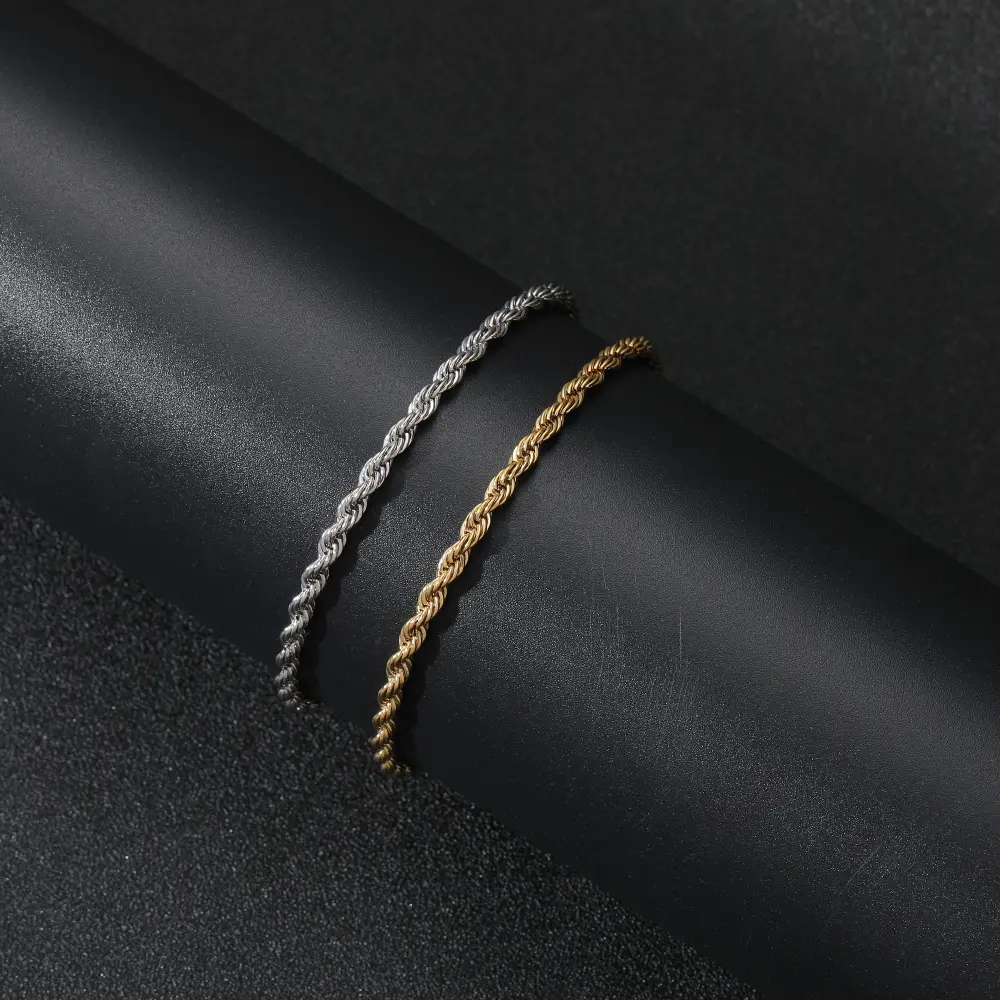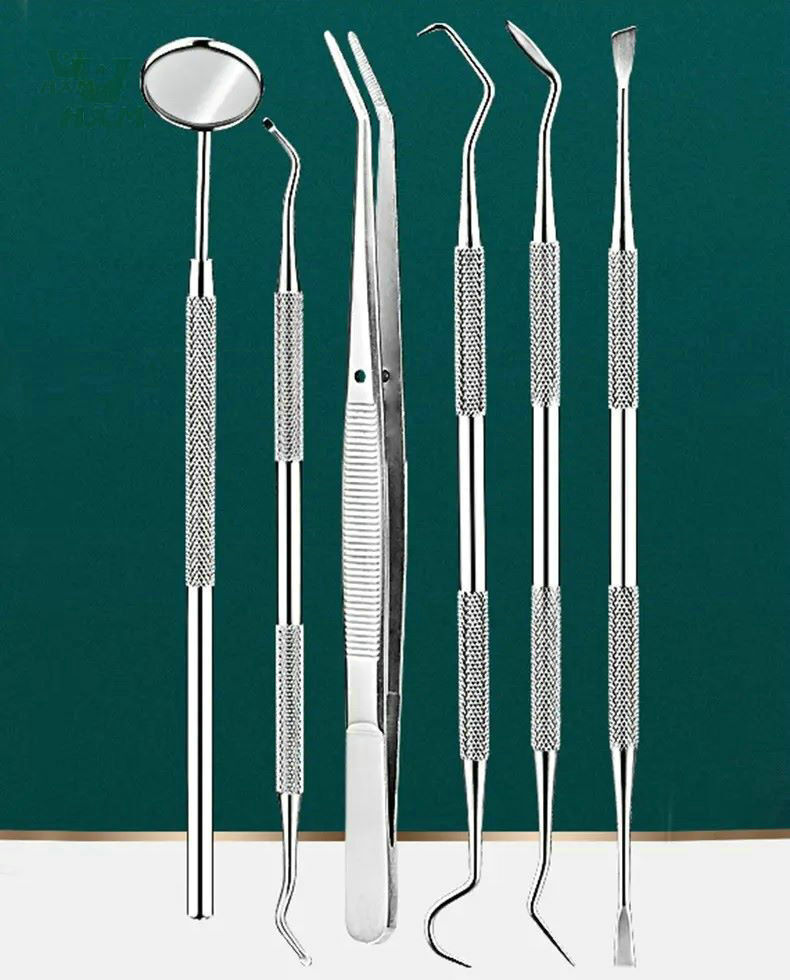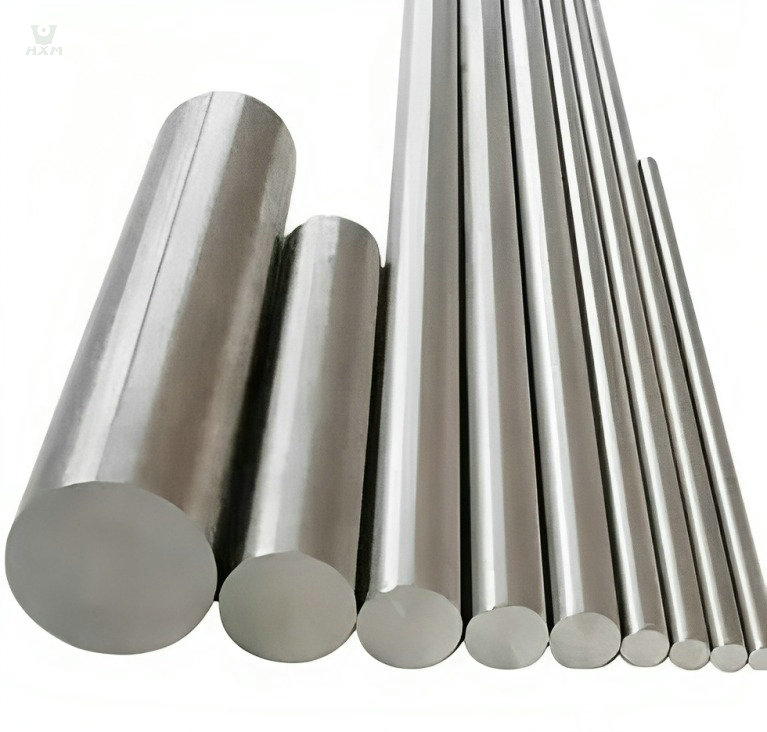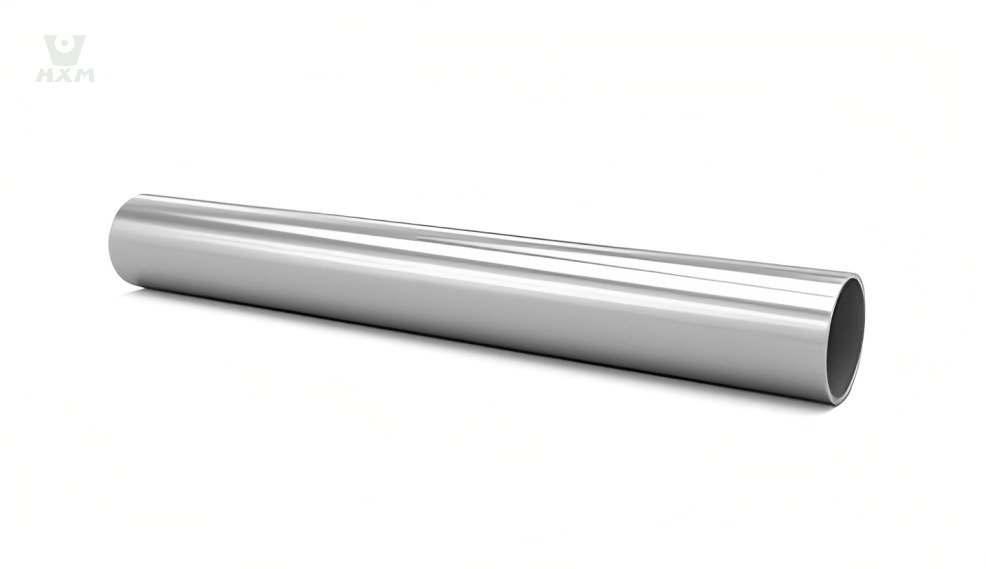Is Stainless Steel Hypoallergenic?

Stainless steel is highly favored for its excellent corrosion resistance, strength, and aesthetic appeal, making it ubiquitous in architecture, healthcare, and everyday household items. However, with increasing attention to material allergies, whether stainless steel can cause allergic reactions has become a public concern. To address this question, we first need to understand the composition and structure of stainless steel, as well as its interaction mechanisms with the human body.
About STAINLESS STEEL
Stainless steel is a type of steel that is resistant to corrosion, primarily achieved by adding chromium to the steel. When the chromium content reaches a certain level, typically at least 10.5%, the steel becomes corrosion-resistant. Additionally, stainless steel may contain elements such as nickel, titanium, manganese, and nitrogen, which further enhance its properties.
Stainless steel can be classified based on its microstructure and performance characteristics. Common types include martensitic stainless steel, ferritic stainless steel, austenitic stainless steel, duplex stainless steel, and precipitation-hardening stainless steel. Each type of stainless steel has its unique features and applications. For example, martensitic stainless steel can adjust its mechanical properties through heat treatment, while austenitic stainless steel has high toughness and ductility.
Allergic Reactions
Stainless steel is an alloy composed of elements such as iron, carbon, and chromium. Some components in stainless steel, such as nickel and chromium, may trigger allergic reactions in the human body. Prolonged contact of stainless steel with the skin may stimulate it, leading to symptoms like localized redness, swelling, itching, and pain.
Additionally, stainless steel dust may also cause skin allergies, resulting in itching or swelling with prolonged exposure.

Hypoallergenic Properties of Stainless Steel
- Biocompatibility: Highly compatible with the human body, making it ideal for medical implants and surgical instruments.
- Low Nickel Release: Though it contains nickel, the alloy composition in stainless steel (especially grade 316L) binds the nickel atoms tightly, reducing their release and lowering the risk of allergic reactions.
- Corrosion Resistance: Its resistance to rust and corrosion prevents degradation that could release allergenic particles.
- Durability: Strong and durable, ensuring long-term use without significant wear that might expose reactive metals.
- Widely Used in Jewelry: Popular in the jewelry industry for piercings and wearable items, especially for those with sensitive skin.
- Medical Applications: Used extensively for tools and fixtures in contact with human tissue during medical procedures.
- Minimal Maintenance Required: Requires minimal maintenance to retain its hypoallergenic properties, unlike other metals that may require frequent cleaning or surface treatments to prevent oxidation.
- Cost-Effective: Offers a cost-effective solution for producing hypoallergenic products given its long lifespan and minimal maintenance needs.
Factors Influencing Hypoallergenic Properties
- Nickel Content: Nickel is one of the main components in stainless steel that can cause allergies. The higher the nickel content, the greater the likelihood of triggering an allergic reaction. Therefore, when choosing stainless steel products, attention should be paid to their nickel content, avoiding products with high nickel content as much as possible.
- Surface Treatment: The surface treatment of stainless steel can also affect its allergenicity. Improper surface treatment may lead to easier release of metal ions, thereby increasing the risk of allergies. Therefore, adequate surface treatment of stainless steel should be carried out during the production process to reduce the release of metal ions.
- Individual Differences: Different individuals may have varying sensitivities to stainless steel. People with allergic tendencies are more likely to experience allergic reactions to stainless steel. Therefore, when using stainless steel products, individuals should make choices based on their own physical conditions.
- In addition, stainless steel allergies may also be related to factors such as the environment and usage methods. For example, humid environments may accelerate the release of metal ions from stainless steel, thereby increasing the risk of allergies.
In conclusion, the sensitivity issue of stainless steel requires sufficient attention. When selecting and using stainless steel products, factors such as composition, surface treatment, and usage environment should be considered to minimize the risk of allergies. Individuals with allergic tendencies, in particular, need to be cautious in selecting stainless steel products and may seek advice from medical professionals if necessary.
Application of hypoallergenic characteristics of stainless steel


Stainless steel in the medical industry
Stainless steel has a wide range of applications in medical equipment, surgical instruments, medical needles, etc. The advantages of stainless steel are corrosion resistance, ease to clean, non-toxic, odorless, high strength, hardness, and reusability. These properties make stainless steel ideal for making medical devices and equipment to ensure patient safety and hygiene.
Stainless steel in the jewelry industry
Stainless steel also has a wide range of applications in the jewelry industry. It has the advantages of bright appearance, sturdiness, resistance to deformation, ease of cleaning, resistance to wear and tear, etc. These properties make stainless steel jewelry a relatively low-priced option, but also gradually become more and more popular with consumers.
The advantages of stainless steel
The hypoallergenic nature of stainless steel is an important factor in the widespread use of stainless steel in the medical and jewelry industries. The low nickel and chromium content of stainless steel reduces the possibility of allergic reactions, especially important for those who are allergic to metals. As a result, stainless steel is widely used in the medical and jewelry industries to ensure safety and hygiene for patients and consumers.
conclusion
Choosing the appropriate low-allergy stainless steel products hinges on a thorough understanding of the types of stainless steel, nickel content, manufacturing processes, and usage environments. It’s crucial to carefully check product labels and certifications when making purchases to ensure compliance with relevant standards and regulations.
If you have procurement needs for hypoallergenic stainless steel, Huaxiao Metal is your trustworthy partner. We offer a variety of low-allergy stainless steel grades, such as 304L and 316L, which possess excellent corrosion resistance and low sensitivity, making them ideal for individuals sensitive to stainless steel materials. If you have any questions or need a quotation, please feel free to contact us, and we will be happy to assist you.









